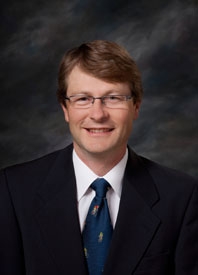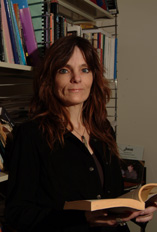By: Brenna Mackay
Each weekday morning, Amanda Paisley wakes up, packs her lunch and runs to catch the bus to work. Living downtown and working in Bell Corners in Kanata isn’t convenient, she admits, but it’s a price to pay to live on bustling Elgin Street.
Paisley, 25, is a recent graduate from Carleton University, receiving her BA in law in 2015. She’s one of many university educated citizens who have chosen to reside in the Somerset ward. According to the 2011 National Household Survey, the Somerset ward is home to the largest population of university graduates in the city, with 13,425 residents, aged 25-64 having a university degree at the Bachelors level or higher.
Map of Residents with a University Degree, created with data from 2011 National Household Survey
This is equal to roughly 33 per cent of the population, based on City of Ottawa population and household estimates by ward. Not far behind, the Kitchissippi and Capital wards see high numbers of university educated citizens too.
Paisley says she chose to live in the Somerset ward following graduation because she appreciates the convenience of her location.
“Everything you really need is like, two blocks to get to,” she explains. Easy access to amenities such grocery stores, drug stores and the transit way were a huge selling point when trying to determine where she would live.
However, she admits that her living choice is by no means the cheaper option, especially for a recent graduate.
“You understand that you’re paying for your location more than you’re paying for your actual apartment and you just have to deal with that.”
Catherine McKenney, Councillor of the Somerset ward, says that she is proud to know that well-educated individuals are choosing to make Somerset their home.
“The city works hard to provide support and job opportunities for university graduates,” she shares. “We realize they play an important role in shaping our community.”
However, Paisley argues that the city should do more to provide resources for recent grads to get on their feet. She says she found her apartment and job through Kijiji, separate from any university or government program.
“To jump through those hoops can get really time consuming,” she explains. “My job nor my apartment had anything to do with the city. The government hasn’t really made it easier to deal with.”

Picture: Brenna Mackay
McKenney explains there is a job board that lists careers within the City of Ottawa as well as a housing website that offers resources for finding affordable lodging.
“These resources are largely directed towards those who are less advantage and need that extra support,” she admits.
Paisley suggests that having a localized site for renters and apartments that have been deemed acceptable by the city would be a great resource for apartment-hunters. Additionally, providing workplaces with incentives to hire a recent graduates would be a way to motivate companies to give young workers a chance to get their foot in the door.
“That would make it more likely to hire new grad, rather than no hiring at all, which is often the case,” she explains.
Looking forward, Paisley says she could definitely see herself living in Somerset ward as she gets more established in her career. However, she admits she would be hesitant to raise a family in such a busy and compact neighbourhood.
“There isn’t really space to spread out unless you have the money for it,” she explains.
“You’re usually confined to about two or three rooms and that could get complicated with a kids and family.”
She envisions a future with a backyard where she can sit outdoors and barbecue.




